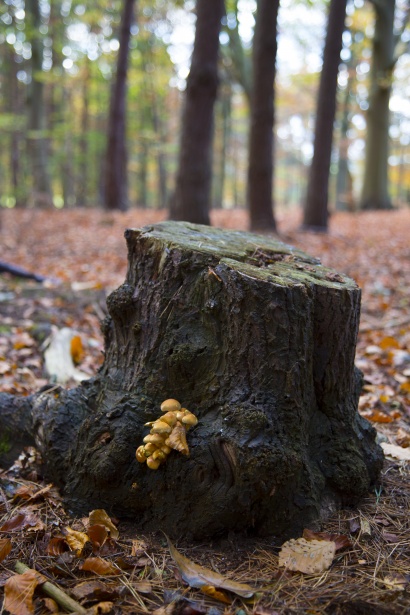Trump Expands Acres Eligible for Logging in National Forests
April 6, 2025 – A new directive from the Trump administration is poised to significantly expand logging activities across national forests in the United States. The move exempts affected forests from a key administrative safeguard: the objection process. This process currently allows external groups, including Native American tribes, environmental organizations, and local governments, to challenge logging proposals before they are finalized. By bypassing this step, the administration aims to fast-track forest thinning and timber harvesting projects.

The directive applies to a massive 176,000 square miles of forested land — an area larger than the state of California. This territory spans much of the western U.S., parts of the South, the Great Lakes region, and New England. In total, the emergency designation affects roughly 59% of all U.S. Forest Service lands. The administration argues that the policy is necessary to address the growing threats of wildfires, insect infestations, and disease, which have left many forests in declining health.
Whether the directive will actually lead to increased lumber production remains uncertain. Federal law allows for the harvest of about 6 billion board feet of timber each year, but current logging levels fall well below that limit. According to Travis Joseph, president of the American Forest Resource Council, the industry could potentially double its output under the new policy.
Supporters of the directive view it as a practical response to forest management challenges and wildfire risks. Critics, however, warn that removing public input from the process may lead to environmental harm and undermine the rights of local communities and tribal nations. As the policy rolls out, debates over its long-term impacts on forest health, biodiversity, and the timber industry are expected to intensify.





